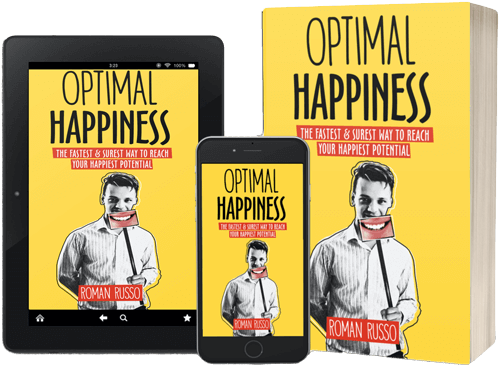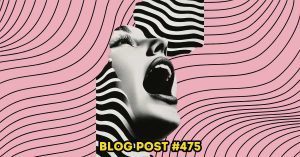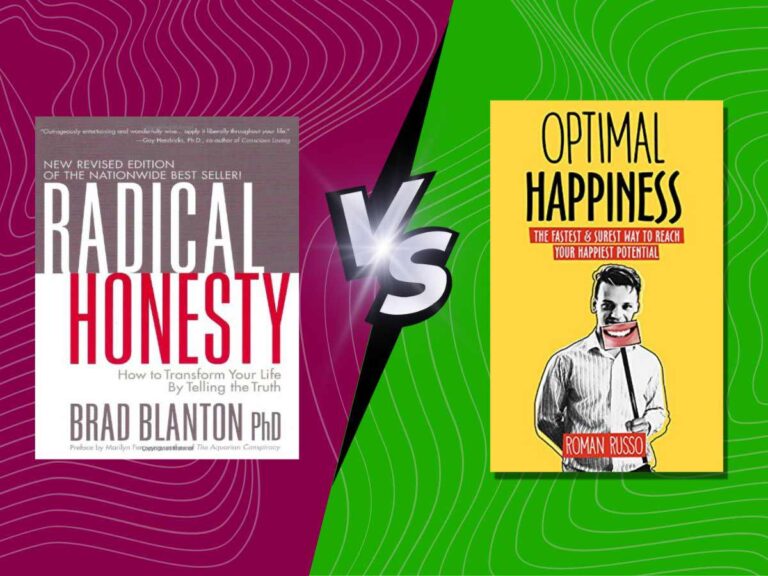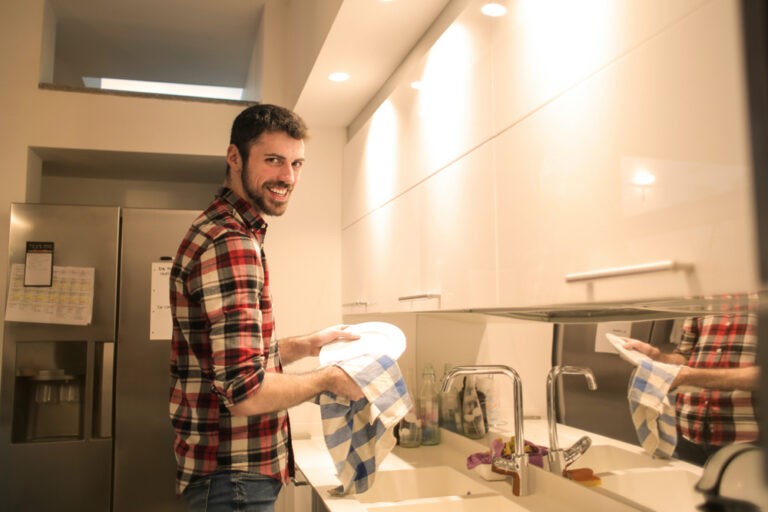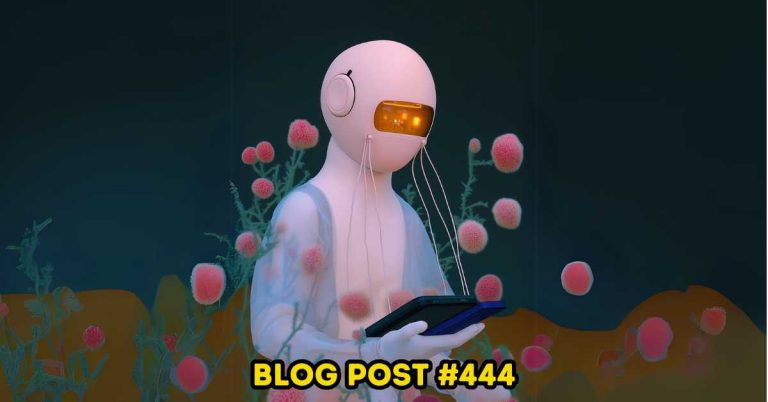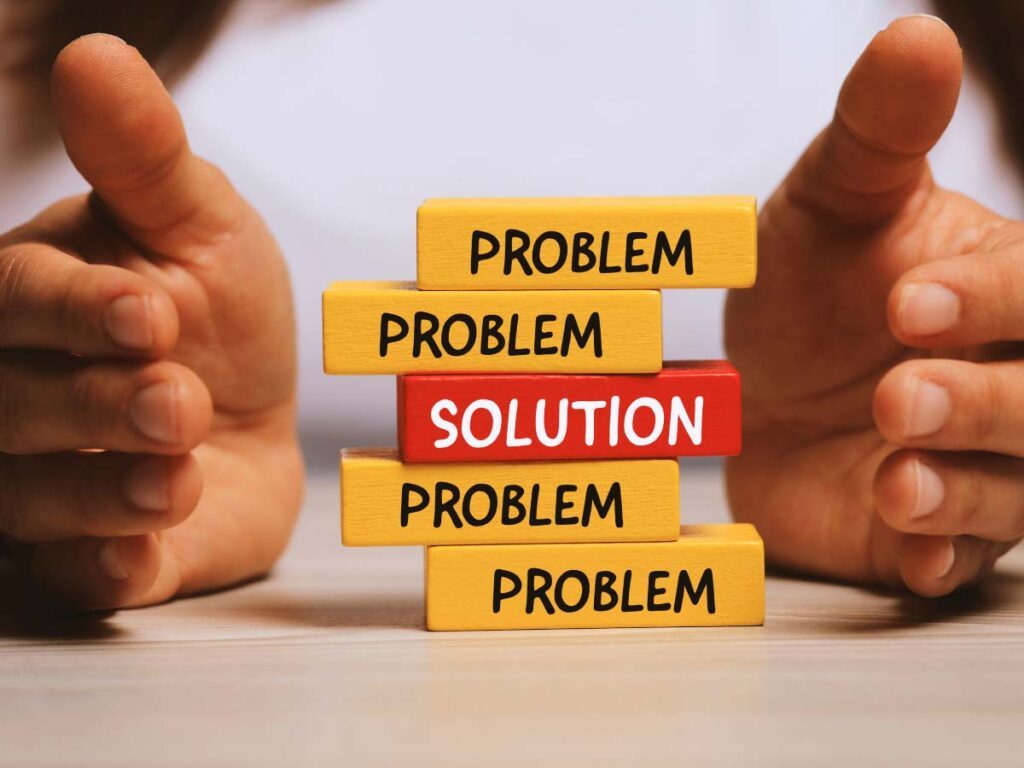
Often, I meet people who can only talk about their problems. Metaphorically speaking, they are always counting their problems. Their conversations consist of nothing but complaints and negativity. It doesn’t matter when or where they are, they always find a way to bring up something negative and rarely talk about anything else.
Even if we are to put these people into a paradise they will still bring their negativity with them. Even in an ideal environment, their pessimism will seep through. Unfortunately, we are all guilty of this behavior to some extent, but we don’t have to be. Even in the worst possible situation, an optimist can find something positive to focus on. While some people try to escape from their problems, others bring positivity wherever they go. They create a sort of paradise, no matter where they are.
The question then becomes, how can we stop counting our problems and consistently create a paradise of happiness?
Endless Negative Material
Two theories help explain this behavior. The first is the two sides of a coin theory, which states that in every positive situation, there is something negative, and in every negative situation, there is something positive. For example, when it is good weather, we need to apply sunscreen to protect our skin from harmful UV rays. In this situation having to find and apply sunscreen implied effort and a danger of getting a sunburn. In the same way, in bad weather, we don’t have to worry about applying sunscreen, which is a plus.
As you can see, positive and negative situations don’t have to be complicated. Both optimists and pessimists have enough material to focus on. In other words, if we can find something positive and something negative in any situation, then we can choose to be positive or negative. These two sides of a coin theory are at the core of the Optimal Happiness theory. Some people choose to be negative, but we can always choose to be positive (and it is a choice!).
We Are Predictably Positive or Negative

Another important theory that helps explain this behavior is the happiness baseline theory. In other words, people have a baseline level of happiness that they tend to revert to, regardless of what happens in their lives. For example, some people may be predictably 70% negative and 30% positive, or any other combination.
Even if you give someone everything they want or take away something important from their lives, they will eventually return to their baseline ratio of positivity to negativity, so in the example above they will continue being 70% negative and 30% positive.
The good news is that we can escape our happiness baseline by practicing the lessons of Optimal Happiness. However, this may be difficult to do, as if it was easy there would already be many more happy people in the world. Still, by following advice from the current article, you can partially escape your baseline of happiness and improve your ratio of happiness to unhappiness.
Escaping the Happiness Baseline
The lesson is to stop focusing so much on your problems and instead focus on what is going well in your life. People who count their problems also have good things happening in their lives, often many positive things. They just choose to ignore their positivity and focus on even the slightest flaws.
This happens because we have a psychological preference for avoiding problems rather than enjoying what is already working. However, we aren’t slaves to our psychology and we can escape our happiness baseline by realizing how the two sides of a coin and happiness baseline theories work, and choosing to stop counting our problems and instead count everything good in our lives.
Ultimate Happiness Formula

Personally, I am 99.9% happy. This means that I am rarely unhappy, and even in difficult situations, I have the tools to quickly return to a positive state. My happiness baseline is elevated to almost ideal states, but it wasn’t always like this. There was a time when I was only 20% positive and 80% negative. However, I found a solution to consistently and predictably elevate anyone’s happiness baseline, which I now call Optimal Happiness.
So if you or someone you know needs more happiness in their lives, know that you can be happier today by learning Optimal Happiness. You can follow the advice in this article or take the entire course.
Just as you would hire a professional to help with accounting, you can also seek professional help to optimize your life and start living your ideal life. And in the end, given the choice, wouldn’t we all want to be 99.9% happy (which is completely possible!)?
